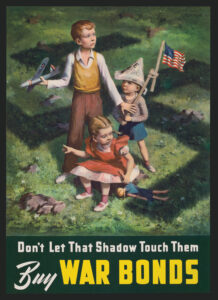Children of Fire: A History of African Americans
by Thomas C. Holt; Hill and Wang
This new black history overview by a MacArthur “genius” award winner compresses damn near everything into a single book: the Middle Passage, Jamestown, Dred Scott, manumission, emancipation, Reconstruction, Plessy v. Ferguson, Brown v. Board of Education, Emmett Till’s lynching, the Moynihan Report, even Obama’s landmark election. In the process, it bids for a place on the select shelf of one-volume classics that include Lerone Bennett Jr.’s Before the Mayflower and John Hope Franklin’s From Slavery to Freedom.
Holt is aiming for something bolder and more intimate than a comprehensive narrative of this five-centuries-long trail. He wants to convey the journey’s complexity and nuances without diminishing its travails and triumphs. That’s a tricky strategy. Mostly, it succeeds, though not without some strain.
The book gets off to a rough start, very nearly losing us in the slave trade and the knotty transactions by European and African traders from Africa to the New World. The research, here as throughout, is impressive and far-ranging. For instance, Holt details African tribal dynasties and untangles their alliances with Europeans. But the myriad particulars accumulate into thick prose. Perhaps he felt tongue-tied by having to comprehensively explore Africans’ complicity in their own brutal, exploitative upheaval.
Once Holt gets past the Middle Passage’s horrors, he finds his footing, and confidently sets off to present black America’s story as both epic sweep and individual example. Take his discussion of the African presence in 17th-century Virginia. He focuses on Anthony Johnson, who probably landed in Jamestown two years after the first recorded arrival there of “twenty negars” off a Dutch slave ship. Following 20 years in bondage, Johnson was able to purchase his freedom and that of his wife and four children; he established a comfortable, profitable life. But his children would be denied those possibilities, as laws were enacted to restrict their civil liberties.
Major figures like Frederick Douglass, Nat Turner, Booker T. Washington, Jean Toomer, Rosa Parks and Fannie Lou Hamer are made vivid, framed by the events that shaped them as they fought to shape history. But Holt also consistently weaves in lesser-known but pivotal characters. One is Homer Plessy, the light-skinned New Orleans African American who set in motion the quixotic, unsuccessful challenge to legally sanctioned segregation on Southern railway cars; the U.S. Supreme Court’s 1896 decision against him gave Jim Crow greater, longer life. The cavalier brutality routinely used to smash black people’s hopes and dreams afterwards is exemplified by Alabama sharecropper Hayes Cobb, whose livelihood as a farmer decayed into a new form of indentured servitude. “He wasn’t a slave,” his son recalled, “but he lived like one.”
For far too long, black Americans were portrayed as mute, nearly invisible pawns in our history. Showing them as actors trying to control their circumstances, however oppressive, is instructive, empowering and necessary. Flaws and all, Children of Fire earns its place on that esteemed shelf.
Originally published in the February 2011 issue of American History. To subscribe, click here.




